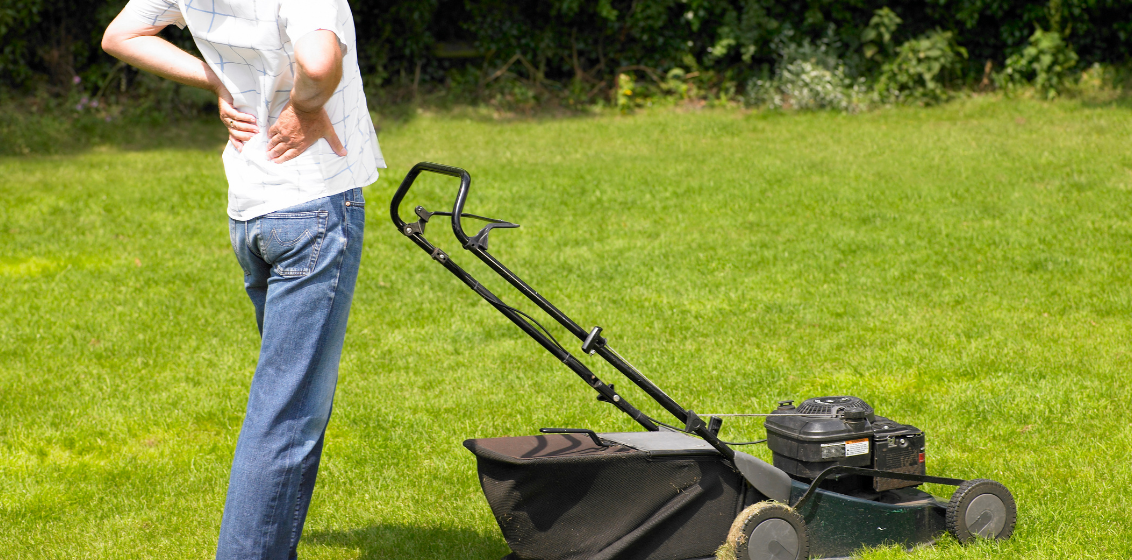Walk the Walk

If I told you there was a magic pill that
- cut your risk of dying,
- decreased heart disease,
- improved symptoms of depression and lifted your mood,
- helped you lose weight,
- prevented Alzheimer’s disease,
- reduced back pain
- boosted bone density,
- improved your sleep and
- slowed mental decline and memory loss, you would walk into the Doctor’s surgery and demand a prescription.
The act of walking into the surgery is that magic pill. Since Hippocrates said “Walking is a man’s best medicine” in 400 BC, there has never been a more powerful tool for improved health.
Walking as little as 7 kilometres a week can provide the health benefits listed above. So how can we make walking part of our everyday health and fitness?
How to get walking?
First: just start. Put on a comfortable pair of shoes and go for a 15-minute walk. Well done, you’ve started. Now you have to make it a habit.
“Yeah, but……”
“I’m too busy”
- Many of us will pull out the “too busy” excuse. Here are a few time hacks to help fit a walk into the busiest day.
- Get up 30 minutes earlier and get a walk done before your schedule goes to hell during the day
- Make walking part of your commute. Park 15 minutes’ walk from the station and walk to and from the train. Job done.
- Get off the bus a stop or two early, or do a lap of your office block before jumping in the lift, use the stairs instead of the lift or escalator.
- Schedule a walking meeting. Instead of fighting for a hot-desk space, recruit a like-minded colleague and have your catch-up on your feet. Use your phone to record minutes or action lists
“Walking is boring”
- Some of us will pull out the “too boring” excuse. Here’s some motivation hacks:
- Enter an event 6-12 weeks away. There are many charity walks and big fun runs that cater for walkers. Having a goal and something to plan for will engage many of us.
- Use headphones and listen to a podcast while you walk. Choose one that lasts as long as your planned walk. Whether for education or entertainment you are killing two birds with one stone. The Howie Games is my current fave
- Use a fitness tracking watch, wearable or even your iPhone to track things like steps, distance, heart rate and walking pace. If you love gadgets and data, this can drive engagement and keep you walking.
- Walk with a friend, committing to meet up gets you both there, have a walk then a coffee to finish.
- Walk with your kids. They will have to talk to you. They will also be exposed to the benefits of exercise and perhaps start to model healthy habits.
- Plan a weekly destination walk, choose somewhere like the Coast Track or Karloo Pools in the Royal National Park. Spectacular scenery, a beach or waterhole to swim in can make the walk out something to look forward to.
“Walking is too easy”
- Commonly heard coming from injured or ex-runners. Overcome this mental trap by using the following strategies
- Walk quickly. Just below the crossover point where running becomes more efficient.
- Walk difficult terrain. Steep hills and rugged terrain are very easy to find, climbing steep hills will certainly crank up the intensity of a walk
- Use some weight. Carry a backpack or wear a weightvest to increase the demand.
- Walk for longer. Generally, the body will cope with walking for longer than you are used to running. Going for a half-day hike can challenge your endurance like a long run used to
Walking as injury rehab or prehab
Let’s assume you jumped straight into running and find yourself injured. Worst case scenario, you are told you shouldn’t run or should drop your running volume for a short period. Walking is a fantastic substitute for running. You can still stimulate your aerobic energy system at its’ lower end, best of all you can continue to load your bones and tendons. These tissues respond poorly to periods of inactivity, keeping them loaded while going through rehab is very smart. If it is appropriate to keep walking, simply walk for the time you were scheduled to run. Make sure you run this plan past your Physio.
Walking is also good preparation for a running program. If you are planning a comeback to running after a long layoff, being able to walk 3 times a week for up to 6 weeks will prepare your skeleton, muscles and tendons for the stress and strain of running. From there, a properly designed walk-to-run program will help you gradually move to running safely and without injury. Well respected running coach Jeff Galloway advocates a walk-run approach even up to marathon level.
Feel Free to grab our 6 week Walk-Run program. We’ve designed a safe, effective program to progress from walking, to running 3 times a week using the latest scientifically validated high-performance metrics to increase impact loading while keeping injury risk low. Click the red, shiny button to grab your FREE copy
Take home messages
- There is no form of exercise which compares with walking for overall health and well-being
- Even relatively short durations of walking have demonstrated health benefits
- Walking is great preparation for running programs.
- Walking during injury breaks is a great way to maintain healthy loads on your body




